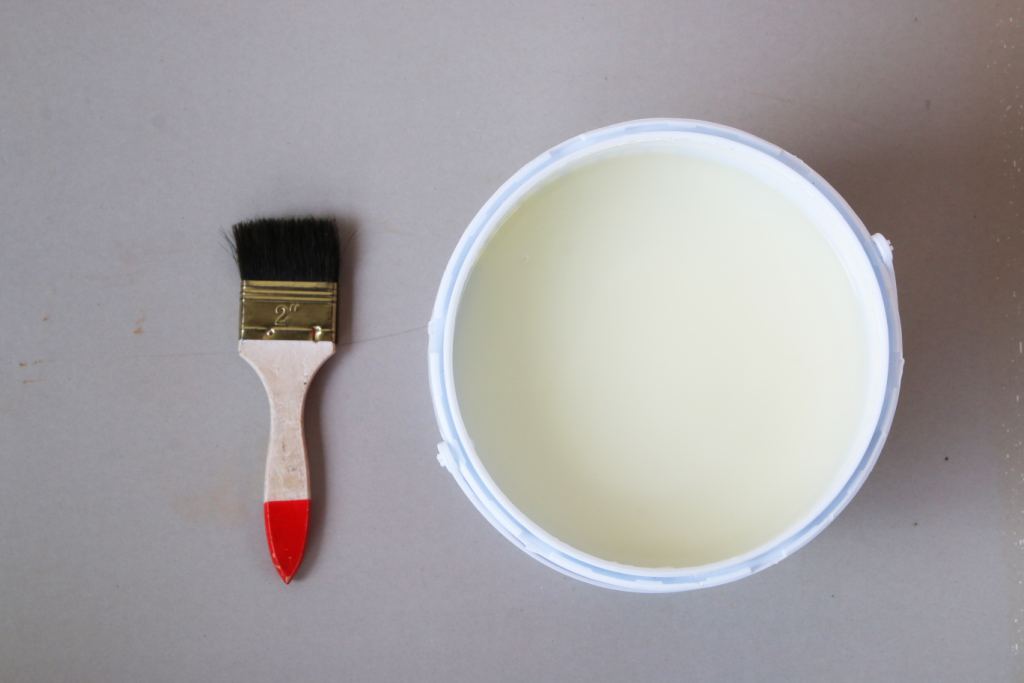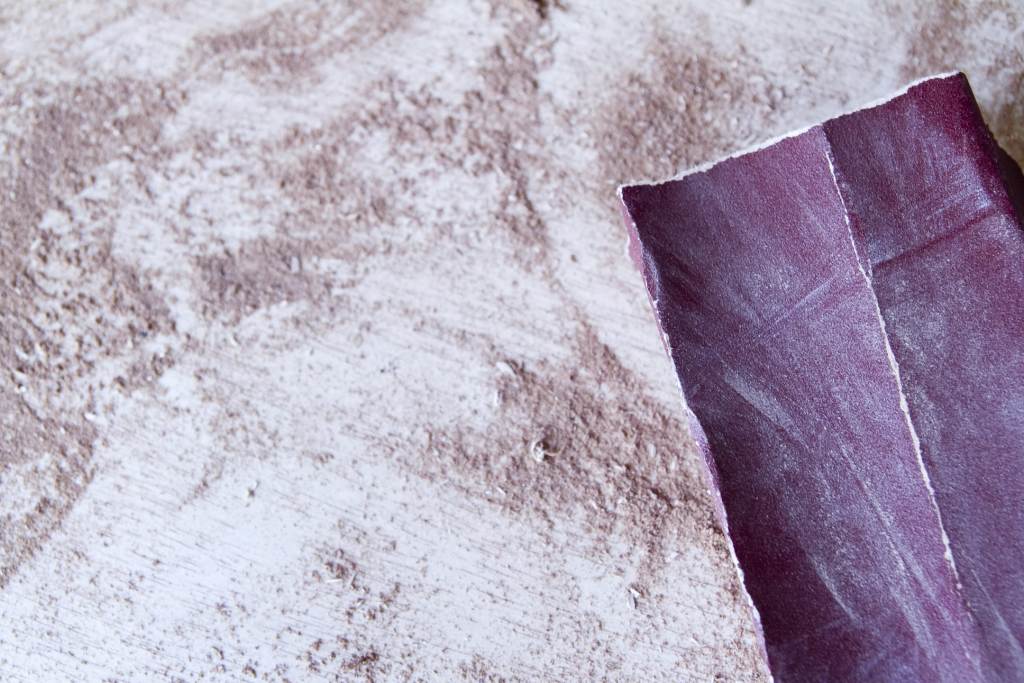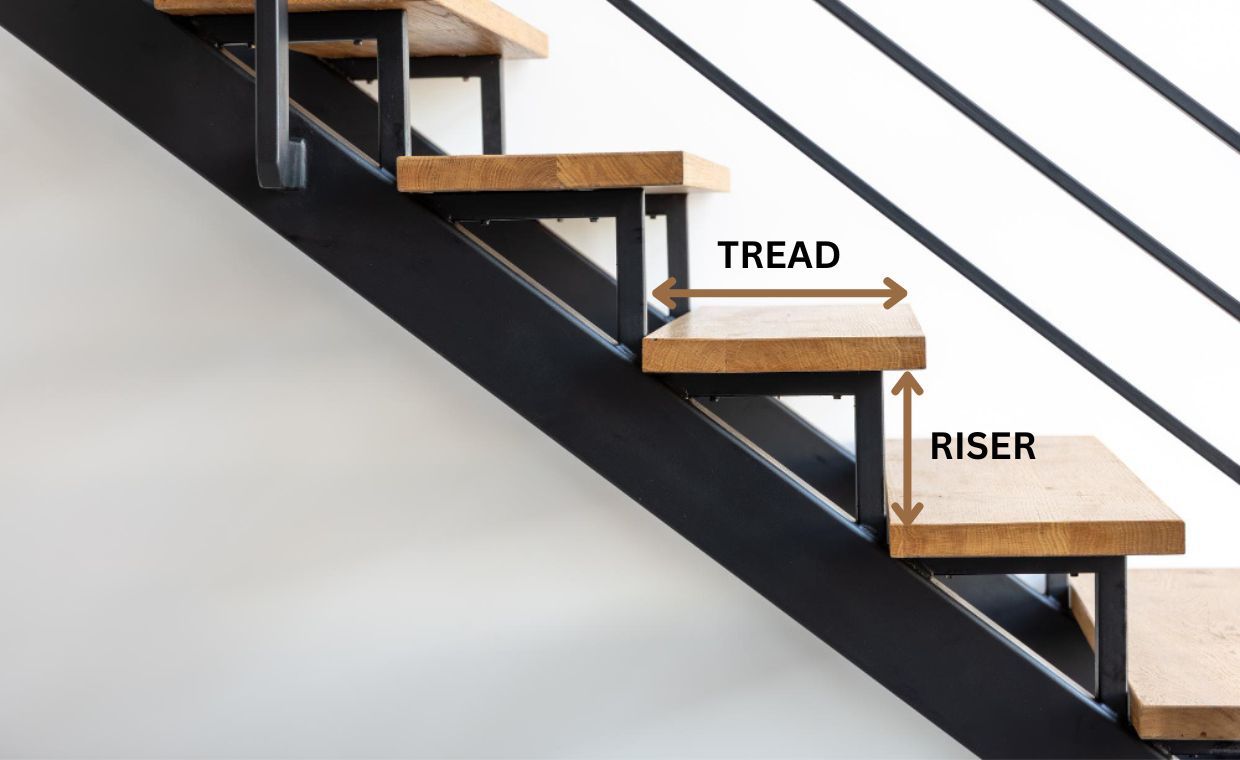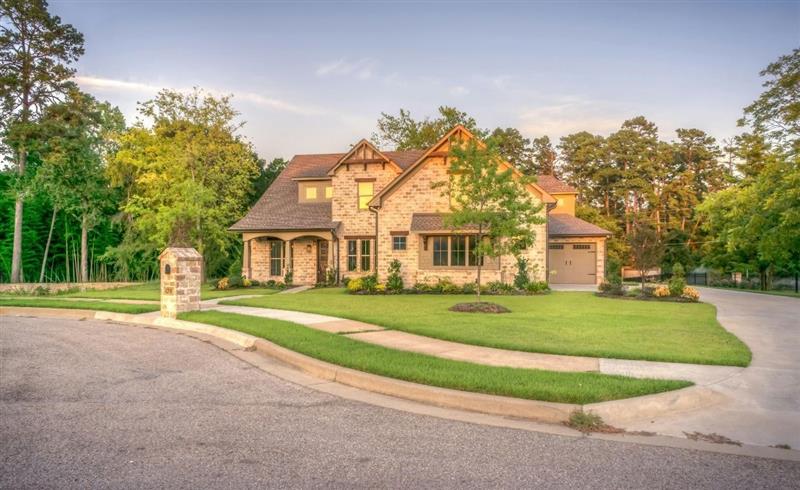
The primer as the name itself suggests, is the primary layer that is ready to receive paint. Primer paint is nothing but paint without pigment. It is applied to both the interior as well as the exterior surfaces. It improves the adhesion of paint and therefore increases durability and life of paint film. If suitably applied, primer paint will enhance the life of the paint, and also improve the appearance. Therefore primer before paint is absolutely necessary.

Uses of Primer Paint:
Primer before paint lays the foundation of your paint job and can be used on wood, plastered wall, metal, concrete, etc. Applying primer coat over new surfaces reduces the amount of paint being absorbed by the basic original surface. The primer will help you on hiding seams and joints. It also hides other small defects, when it is applied to drywall and other surfaces. As basically it is paint without pigment it serves all the functions of the paint at a lower cost, as it is the pigment which increases the cost of paint. If primer coat is not applied, you might have to apply one more coat of paint, which of course will increase the cost. It increases covering capacity of the paint and thus decreases the overall cost of painting.
Also Read: Basic Components of Paint
Interior primer seals, increase adhesion and creates a uniform surface for walls, etc. Exterior primers minimize the cracking and mildew growth and protect the masonry surfaces from alkalinity and efflorescence. Metal primers provide the tight bond between surface and top coat and protect the surface from corrosion.
When you are working on painted surface, priming is necessary if you are switching the paint types, e.g. If you are going from oil based paints to latex based paints and vice versa, or changing colours drastically. Primer paint can be chosen according to the colour of the paint.
Also Read: All You Need to Know About Emulsion Paint
Primer Application:
All paint primer should be applied on clean and dry surfaces. Priming doesn’t require as much care as painting but you will use same techniques.

- It is essential that the primers should only be applied to dry and clean surfaces. Before the application of primer coat, the surfaces are smoothened by sand paper and dust is removed by the damp cloth.
- After the primer coat has been applied, cleaning of the surfaces before application of the finishing coat, will improve the desired effects of paint.
- After the primer coat application, to ensure proper drying of the primer, the surface may be painted after a few days.
- The primer paint fumes may be toxic. Therefore adequate ventilation should be provided by opening windows and use of fans. Also, use of mask or respirator during priming will be helpful.
- The surfaces that have deteriorated should be cleaned properly before the application of primer.
Also Read: 4 Simple Steps for Application of Distemper Paint
Primer paint are available in different types. Each type has its strengths and weakness and works best on certain surfaces and in particular circumstances.
There are basic three types of primer paint:
01. Oil Based Primer:
Oil based primer work with oil and latex paints, making them very versatile and applicable to a wide variety of surfaces.
Oil based primer is good to use for:
- Wood (painted or unpainted)
- Steel and other metals
- Surfaces with existing paint such as interior and exterior walls
- Ideal for unfinished or bare wood
- Previously varnished wood
- Redwood, cedar, or other woods that tend to bleed tannins
- Prevent or slow down paint peeling, cracking and blistering.
Also Read: Paint Sheens: Make a Big Impact on Your Home
02. Latex Primer:
Latex primer is water based. They are fast drying and more flexible.

Latex primer is good to use for:
- Unfinished drywall
- Bare softwoods like pine
- Masonries such as brick or concrete block
- Galvanized metal
03. Shellac Primer:
Shellac primer is fast drying. They are best stain removing primers. It prevents the surface from getting water, rust and smoke stains and wood tannins from bleeding through the paint.
Shellac primer is good to use for:
- Seal wood and other surfaces
- On wood, metal, plaster, plastic
Also Read: All You Need to Know About Base in Paint
Proper interior and exterior surface preparations combined with right primer paint will build an effective barrier against stains and moisture and promote full adhesion of the house paint. Don’t wait too long after priming to apply the finishing coat of paint. Check the instructions on the primer can or tin can, to determine how quickly you should start painting, once the primer has completely dried. You can also opt for professional painters for this job, as there are many company out there who can you provide you skilled painting services without any hassle.
Primer paint are thus very useful as on one end it reduces the cost of overall painting while on the other hand, they increase the appearance and life of the paint.
Also Read:
11 Qualities that an Ideal Paint Should Possess
20 Different Types of Paints for Interior & Exterior Surfaces






























